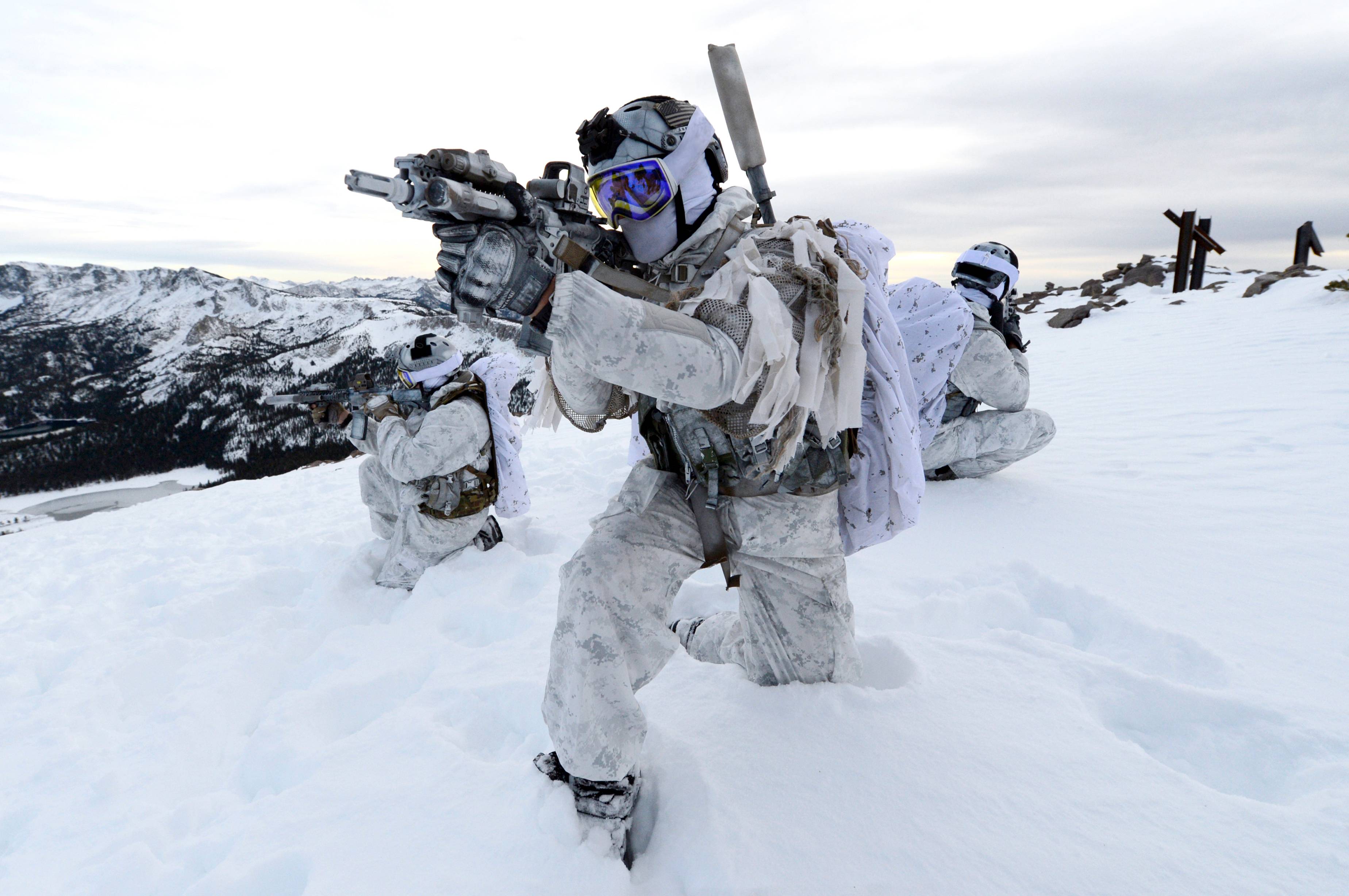Supple showers sprinkle the Midwest as spring comes to full bloom. This means one thing for freshwater fishing: the walleye spawn. Fishermen are flocking to the shores of freshwater lakes and rivers, both large and small, in search of the delicious and flaky walleye. While not the greatest fighter hailing from freshwater, sometimes known as the “lead pencil,” they are definitely ferocious on the dinner plate. They are so tasty, they’ve been called the Mahi Mahi of freshwater…ok so no one says that, but if you haven’t tried walleye you’re missing out. Here are some tips and tricks for landing you your next Shore Lunch beer-battered walleye.
Walleye Fishing Methods
There are three common methods to fish for walleye: jigging, drift spinning, and trolling. The jigging and spinning methods require knowledge of bottom structure and keep the gas bills to a minimum, if none at all (via shoreline fishing). The trolling method may burn more fuel, but you can cover more ground on larger bodies of water like Lake Erie. Whatever suits your fancy, we’ve got you covered.
Jigging Tackle and Presentation
[caption id="attachment_11147" align="aligncenter" width="400"]

Photo Credit: Northland - Weed Weasel Rig[/caption]I find that jigging with live bait, minnows in the colder months and night crawlers when the water temps rise into the 70s, brings the greatest success in smaller lakes. Or you can always use an artificial worm if live bait is not convenient.Find some underwater structure – I know, I know, the cliché phrase of every fishing guide – and jig off the bottom; obviously using heavier weighted jigs, the deeper the water. With the increase in sonar capability, such as Humminbird’s down imaging , you can find the perfect bottom structure in no time.Once you’ve located the ideal spot, it’s time to fish. Simply cast the line, let it sink to the bottom, close the bail, and gently – key word being gently - bounce the jig off the bottom.What’s your favorite jig you ask? I’m partial to the Northland Weed Weasel Jig. They’re extremely cost effective, are difficult to snag on structure, and come in assorted colors and weights.Pro-Tip: walleye are known to be color sensitive, so try changing the spectrum depending upon water clarity and depth.

Drift Spinning Tackle and Presentation
[caption id="attachment_11146" align="aligncenter" width="500"]

Photo Credit: FishUSA.com - Eerie Deerie Rig[/caption]Using the same live bait seasonal patterns as the jig, or adding a scented artificial worm, hook up with a couple of trusty and reliable Eerie Deerie Spinner rigs. Invented in 1964 by Captain Dan Galbincea, these lures still haven’t gone out of style. Simply drift in the water, cast the lure, and let out line until she kisses the bottom. Close the bail and gently flip the tip of the rod, bouncing the lure off the bottom, giving a slight turn of the reel with each nod.The Eerie Deerie is very sensitive, allowing you to feel every nibble or bottom structure skip. No need to add any bullet weights, as their heads are already weighted. The swiveling shiner will reflect any sunlight finding its way down to the depths, adding another attractant to the lure.Pro-Tip: The Eerie Deerie can also be used when trolling at slow speeds.
Trolling Tackle and Presentation
[caption id="attachment_11149" align="aligncenter" width="1024"]

Trolling is an effective way to cover ground, just be sure not to tangle the lines.[/caption]The trolling method takes a bit more preparation, tinkering, and investment than the other two methods listed above. For trolling you will need the following:
- A Boat – Don’t ask me why I have to include this…
- 2 Dipsy Divers
- 2 Church Tackle Planner Boards
- Assortment of Crank Baits and Spinner Baits
- 4 Trolling Rod and Reels
While it may be costly, especially the whole buying a boat variable, trolling is an excellent way to cover large bodies of water and land plenty of walleye.In order to explain the presentation, let’s pretend we are looking off the stern of the boat (a.k.a. off the back for you non-nautical types). We will move from left (starboard from this perspective) to right (port from this perspective). Attach the starboard planner board (attached to your line) to your first presentation. Let out approximately 40 feet of line, with a nose-diving crank bait trailing 10-15 feet behind the planner (attached to the same line).Centered directly behind the stern, space out the two Dipsy Divers (each on a separate line with a separate spinner bait), letting out varying lengths of line. This will place the lures at different depths.Finally, set the port-side planner board out with approximately 30 feet of line and tie a crank bait 10 feet behind it. Now it's time to troll - no, not on the internet.There are three main captain's tasks you must follow when trolling for walleye.
- Do NOT abruptly turn the boat, this is a surefire way to tangle the lines.
- Be sure to set the reel's strike alarm, so you know when you have a fish on.
- Only troll around 2 mph; go too fast and you’ll pass them by without a chance to hook up.

A Fisherman’s Final Thoughts
[caption id="attachment_11148" align="aligncenter" width="1024"]

Honestly, no words needed here...mmmmmm[/caption]Outside of Perch, I find Walleye to be the most delicious of freshwater fish. While they aren’t small mouth bass fighters, they sure as hell make up for it in cuisine. Hopefully these tips will help add to your next fish fry.One final note as an avid conservationist. Since the spring walleye spawn is upon us, I feel compelled to quote an avid fisherman buddy of mine, Mr. Kyle Wilson. “Anyone who keeps a pregnant walleye should be tried for high-treason.” I think we can all agree pregnant females hold the future for every species. Here’s to tight lines!



%201.svg)









